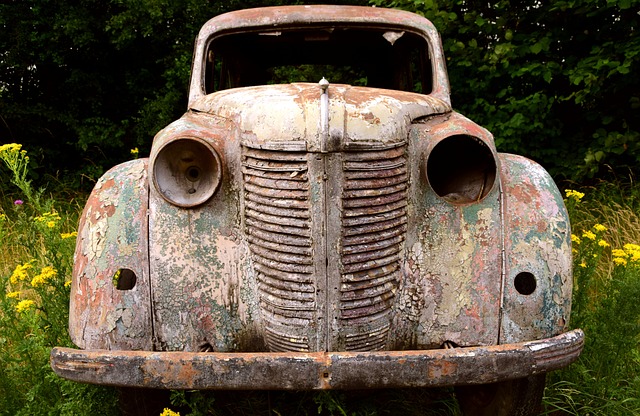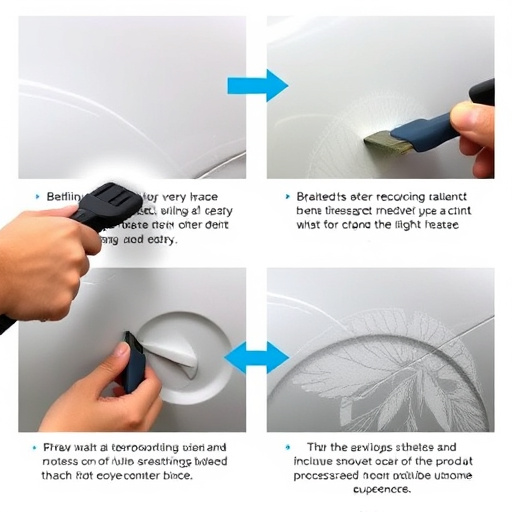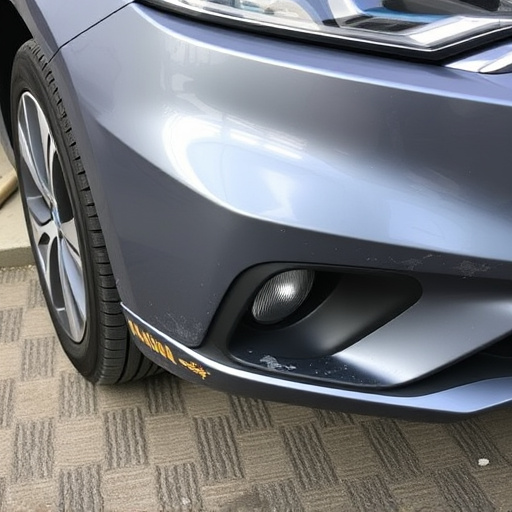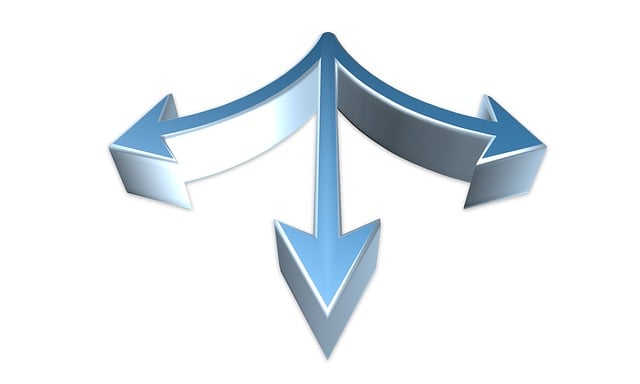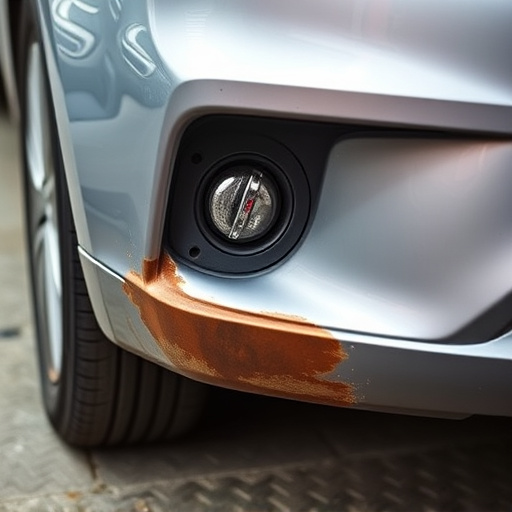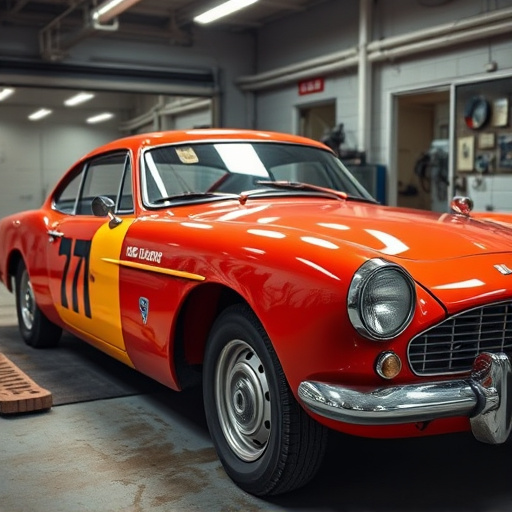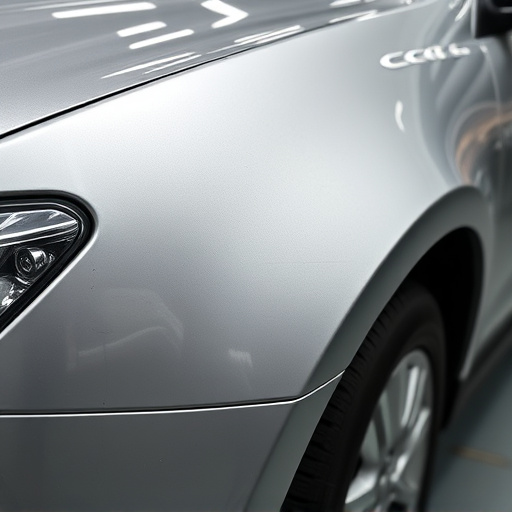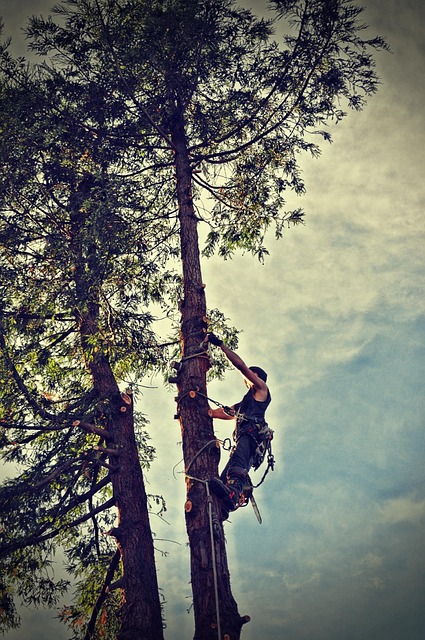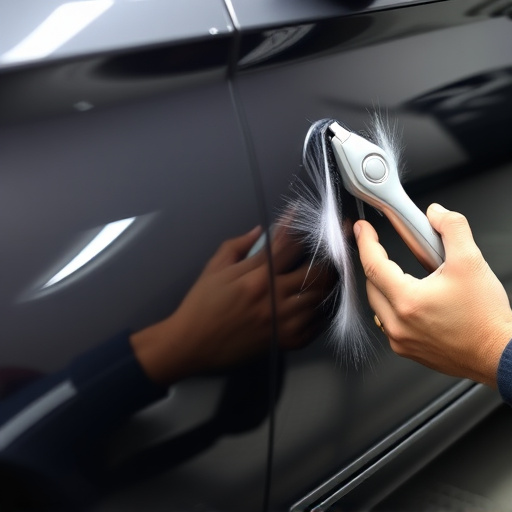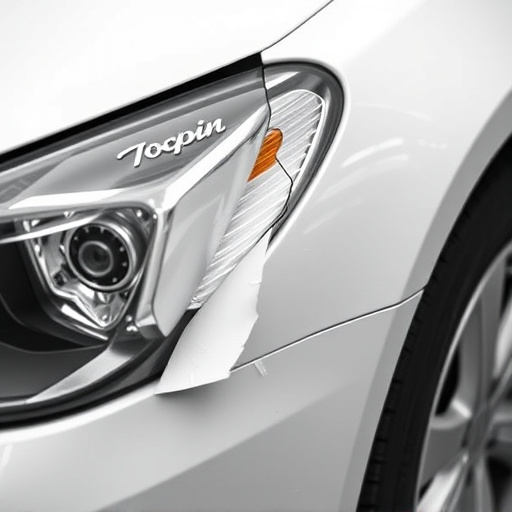Tesla's fender cameras are vital for advanced safety features like Auto Steering and Park Assist. Correct alignment ensures clear, unobstructed views of the road and obstacles, crucial for real-time data accuracy in ADAS systems. Proper setup includes parking in well-lit areas, adjusting display visibility, and monitoring digital feeds against reality during calibration. Common issues can be addressed through basic adjustments or professional repair for complex tasks, emphasizing optimal Tesla fender camera alignment for safe driving.
“Unleash the full potential of your Tesla with this comprehensive guide on Tesla Fender Camera Alignment. Learn how to perfectly position your vehicle’s exterior cameras for enhanced safety and driving experience. We’ll walk you through the process, from understanding the basic alignment to setting up and calibrating the on-screen feed. Additionally, discover effective troubleshooting techniques to address common alignment issues. Master Tesla fender camera alignment today and elevate your driving dynamics.”
- Understanding Tesla Fender Camera Alignment
- Setting Up and Calibrating the On-Screen Feed
- Troubleshooting Common Alignment Issues
Understanding Tesla Fender Camera Alignment
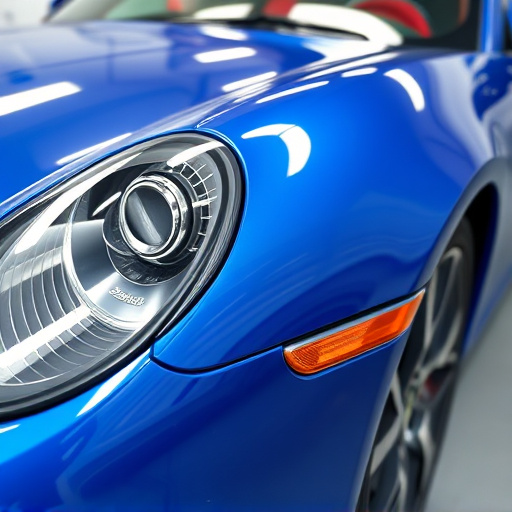
Understanding Tesla Fender Camera Alignment
Tesla’s advanced driver-assistance systems (ADAS) rely heavily on a precise fender camera alignment to ensure optimal performance and safety. The fender-mounted cameras play a crucial role in features like Auto Steering, Park Assist, and collision avoidance, providing real-time visual data that helps the vehicle navigate its surroundings. A correctly aligned camera ensures this data is accurate and reliable, enabling smoother driving and enhancing overall vehicle safety.
Proper alignment involves positioning the camera to capture clear, unobstructed views of the road ahead and nearby obstacles. This requires careful calibration and adjustment, as even minor misalignments can significantly impact the accuracy of the data fed into the ADAS systems. Collision repair services often include this critical step in their post-restoration process, ensuring that the vehicle’s advanced safety features function at peak efficiency, just like a well-maintained car restoration should prioritize clear, accurate sensor data for optimal performance.
Setting Up and Calibrating the On-Screen Feed
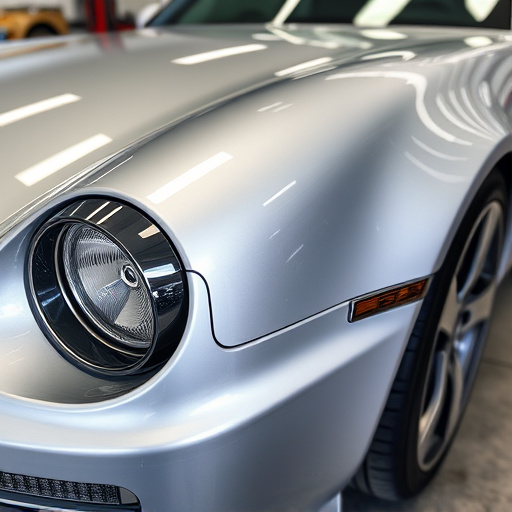
Setting up and calibrating the on-screen feed is a crucial step in achieving perfect Tesla fender camera alignment. Begin by ensuring your vehicle is parked in a well-lit area, ideal for clear image capture. Next, access the car’s settings to enable the camera function and adjust the display for optimal visibility. The goal is to get a sharp, unobstructed view of the area around the fenders—a feature often overlooked yet vital for accurate dent removal or auto body services.
During calibration, pay close attention to the on-screen feed, comparing it with the actual surroundings. Adjust the camera’s position and angle as needed, fine-tuning until the digital image perfectly mirrors the real-world view. This process is key to ensuring precise vehicle restoration, whether addressing minor car dent removal or more intricate body work. Remember, a well-calibrated on-screen feed provides invaluable guidance during every stage of repair, enhancing efficiency and the overall quality of auto body services.
Troubleshooting Common Alignment Issues
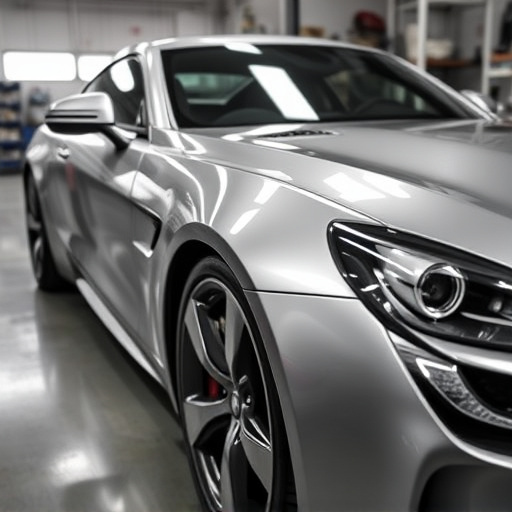
If your Tesla’s fender camera alignment isn’t quite right, don’t fret; common issues can often be easily resolved. One frequent problem is a misaligned camera, which may cause the on-screen feed to appear distorted or off-center. This can be fixed by adjusting the camera’s position and ensuring it’s securely fastened, aligning it with your vehicle’s curves and contours accurately.
Another frequent issue involves clouded or blurry feeds, which could be due to debris or dirt on the camera lens. A simple solution is to clean the lens gently using a specialized cleaner designed for automotive cameras. Remember, proper alignment goes beyond aesthetics; it ensures optimal visibility during reverse parking or lane changes, enhancing safety. For more complex issues involving vehicle paint repair or Mercedes Benz repair-specific challenges, consulting a professional technician might be the best course of action.
Tesla’s Fender camera alignment system offers enhanced safety features, but proper setup is crucial. By understanding camera placement, calibrating on-screen feeds accurately, and addressing common alignment issues, drivers can ensure optimal visibility while navigating. Mastering these steps empowers owners to make the most of their vehicle’s advanced driver-assistance systems (ADAS), enhancing both driving confidence and overall safety on the road. With a well-aligned camera, every drive becomes an opportunity to appreciate the technology seamlessly woven into Tesla’s design.

